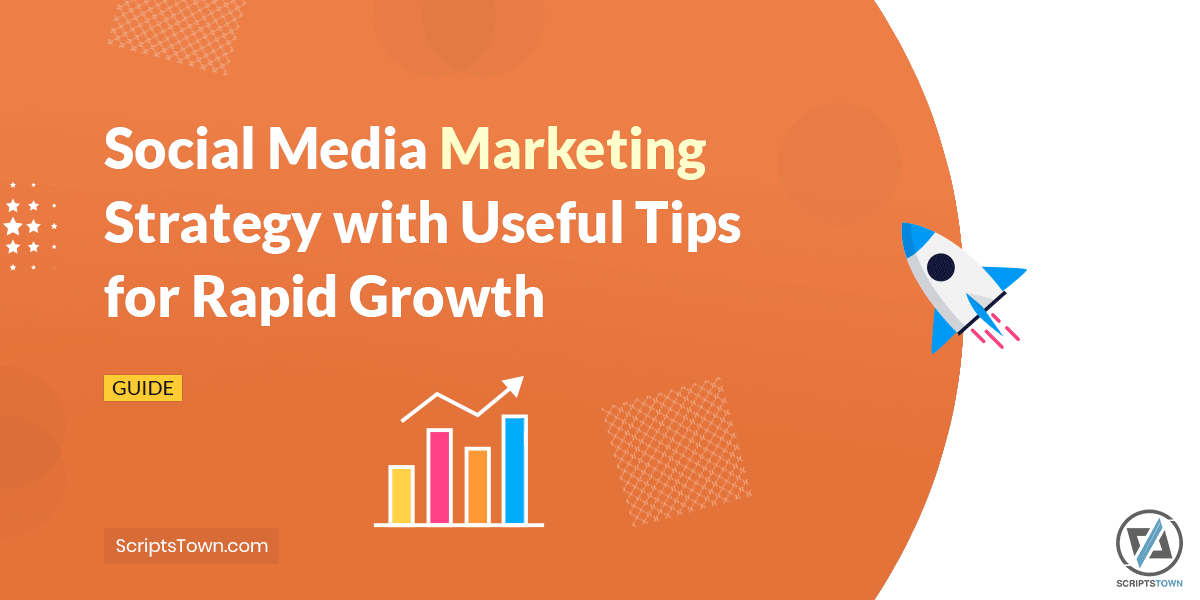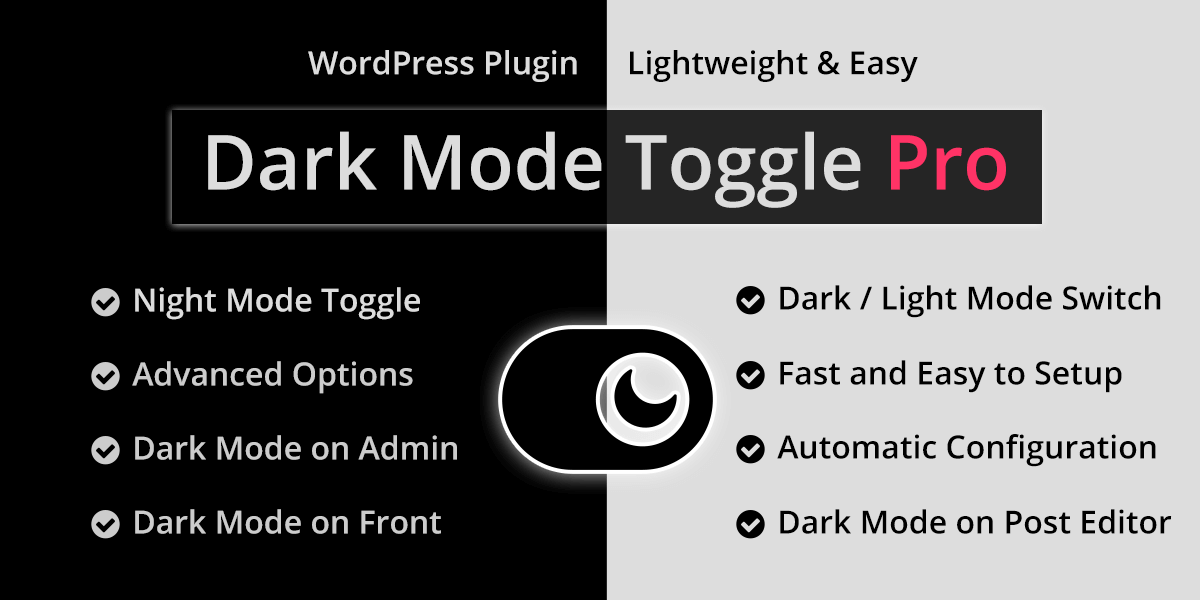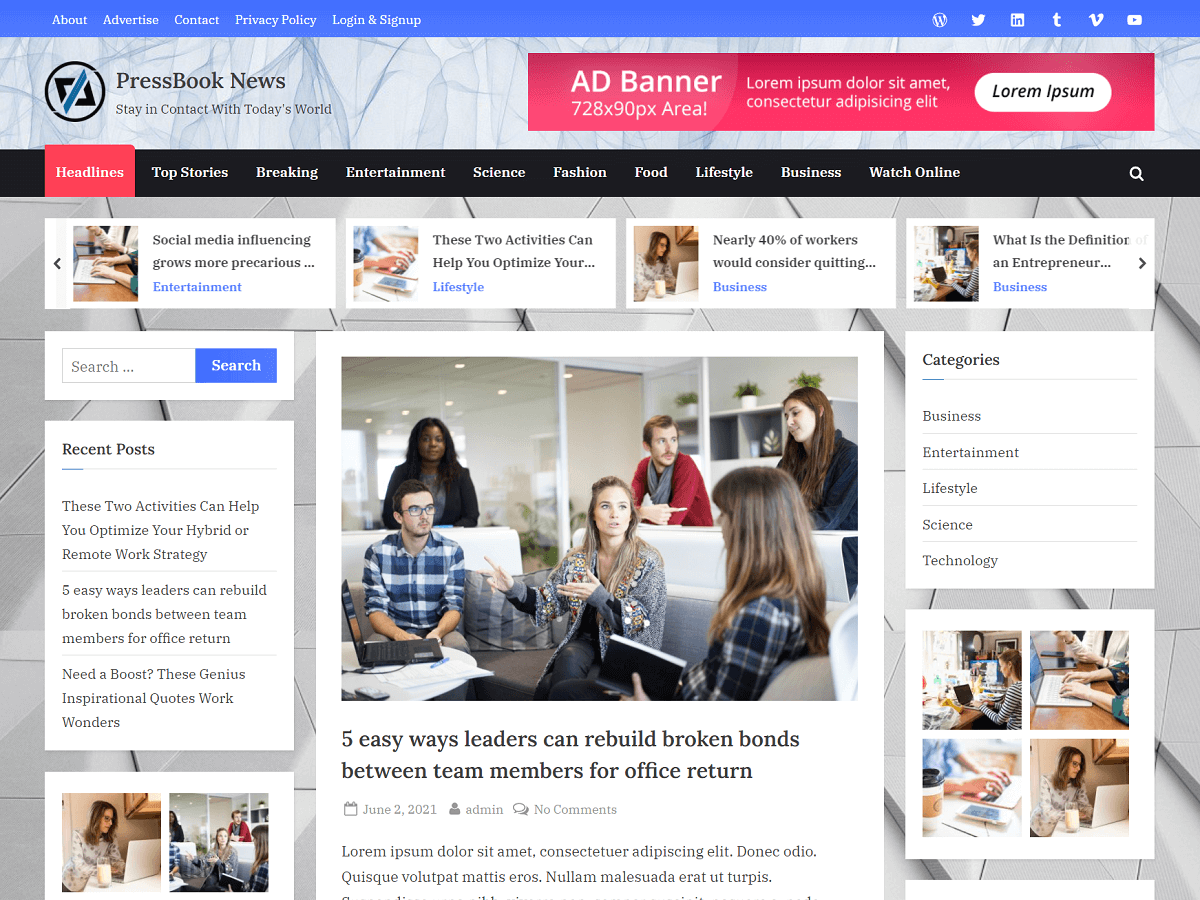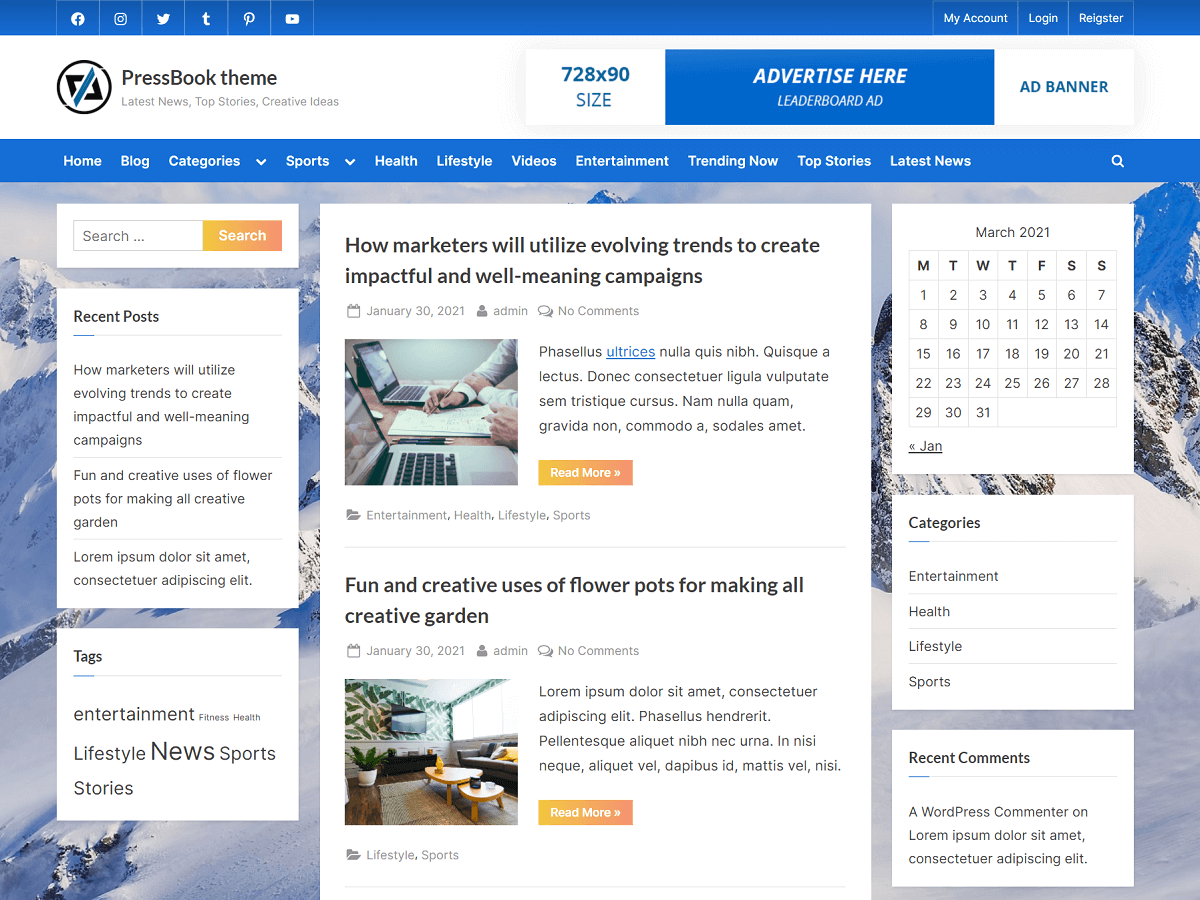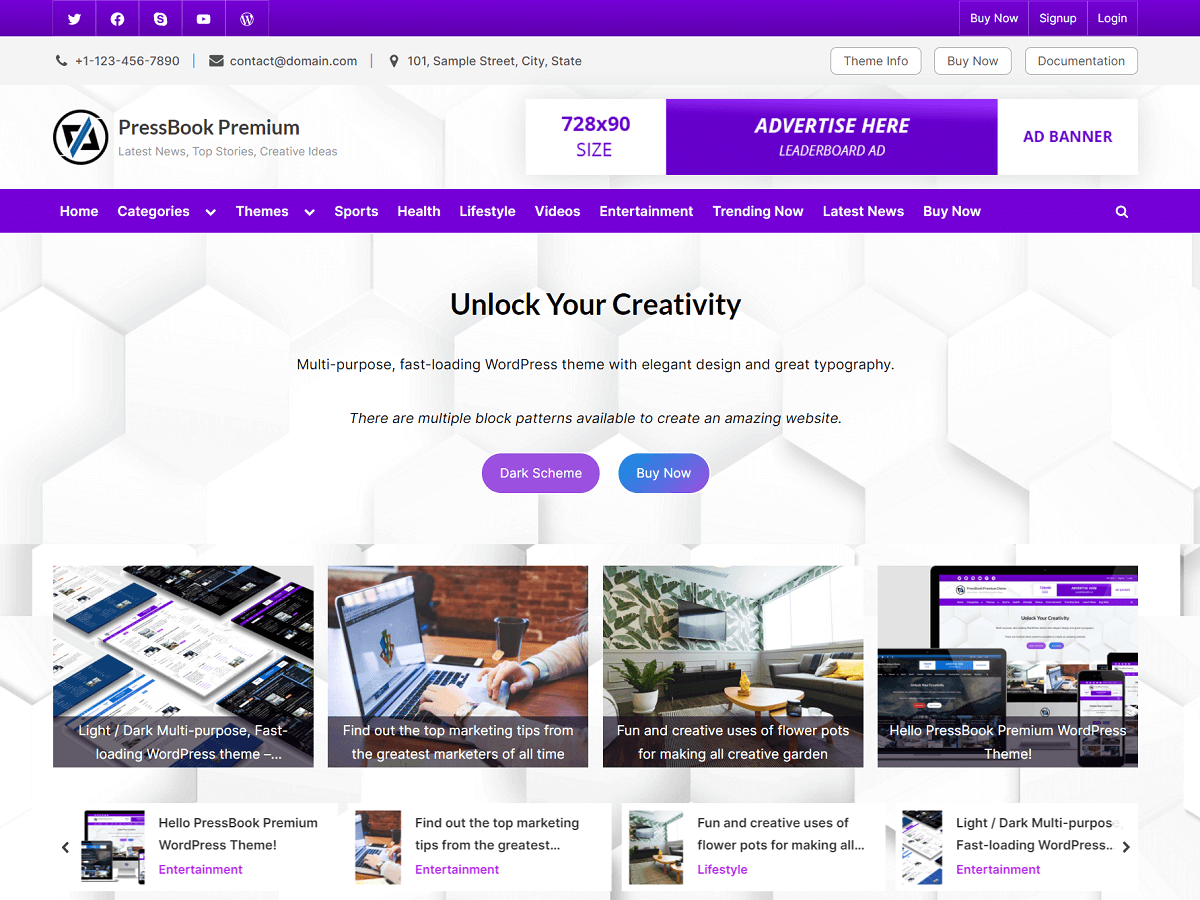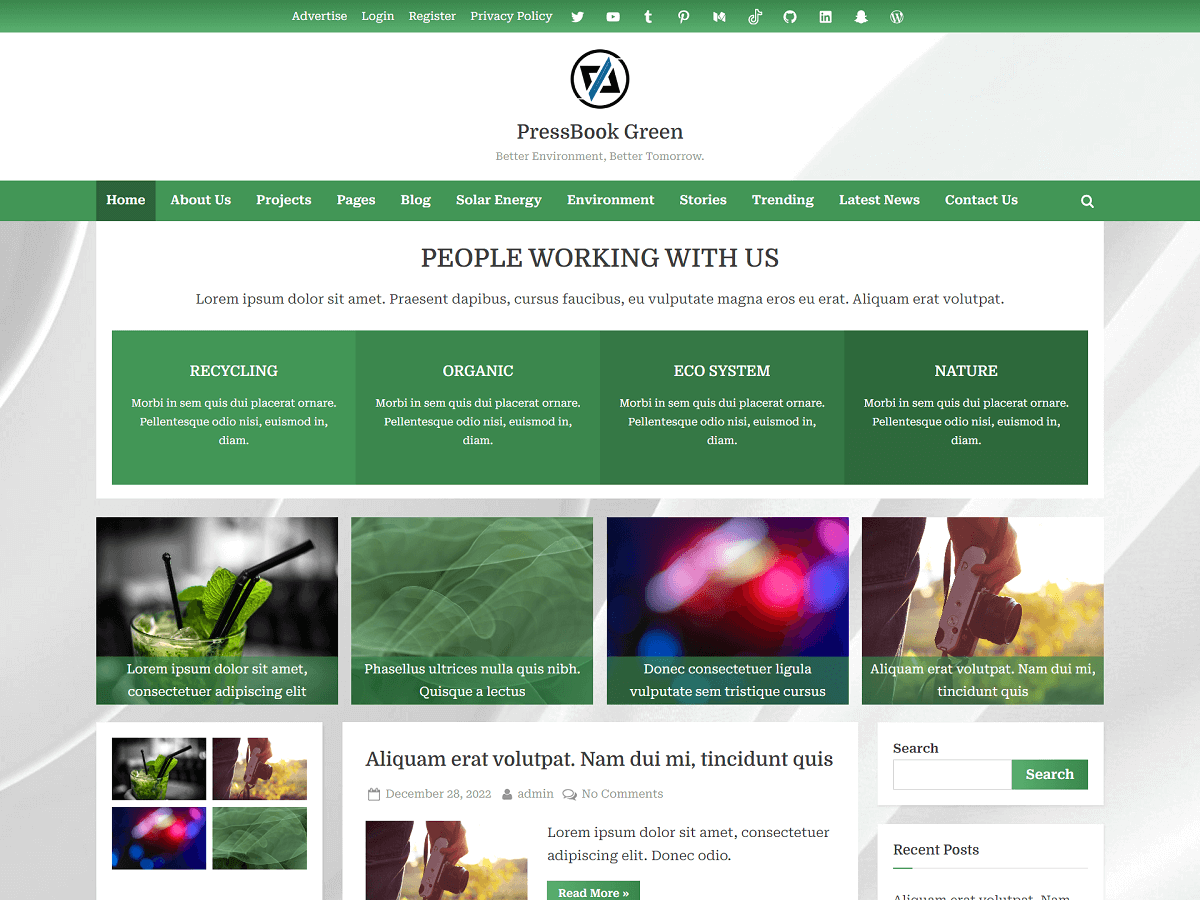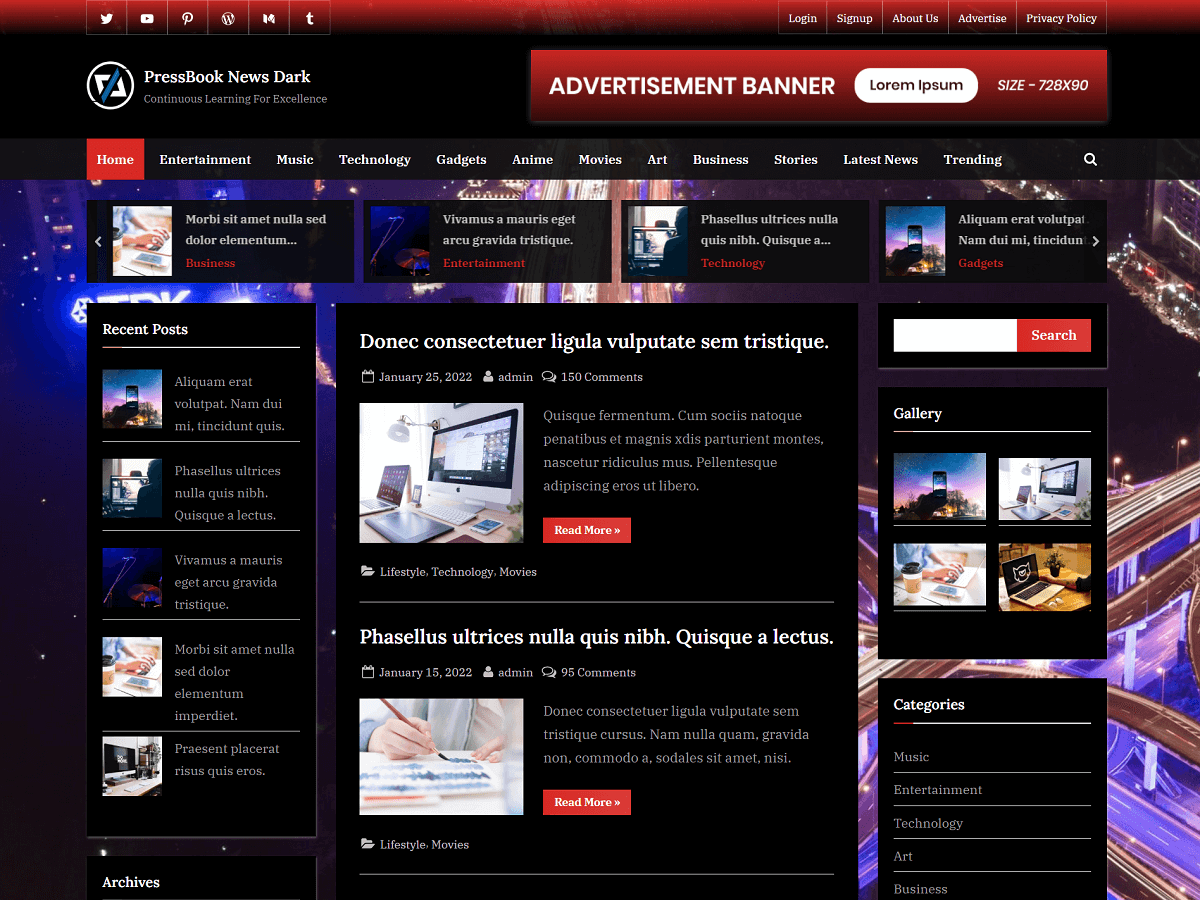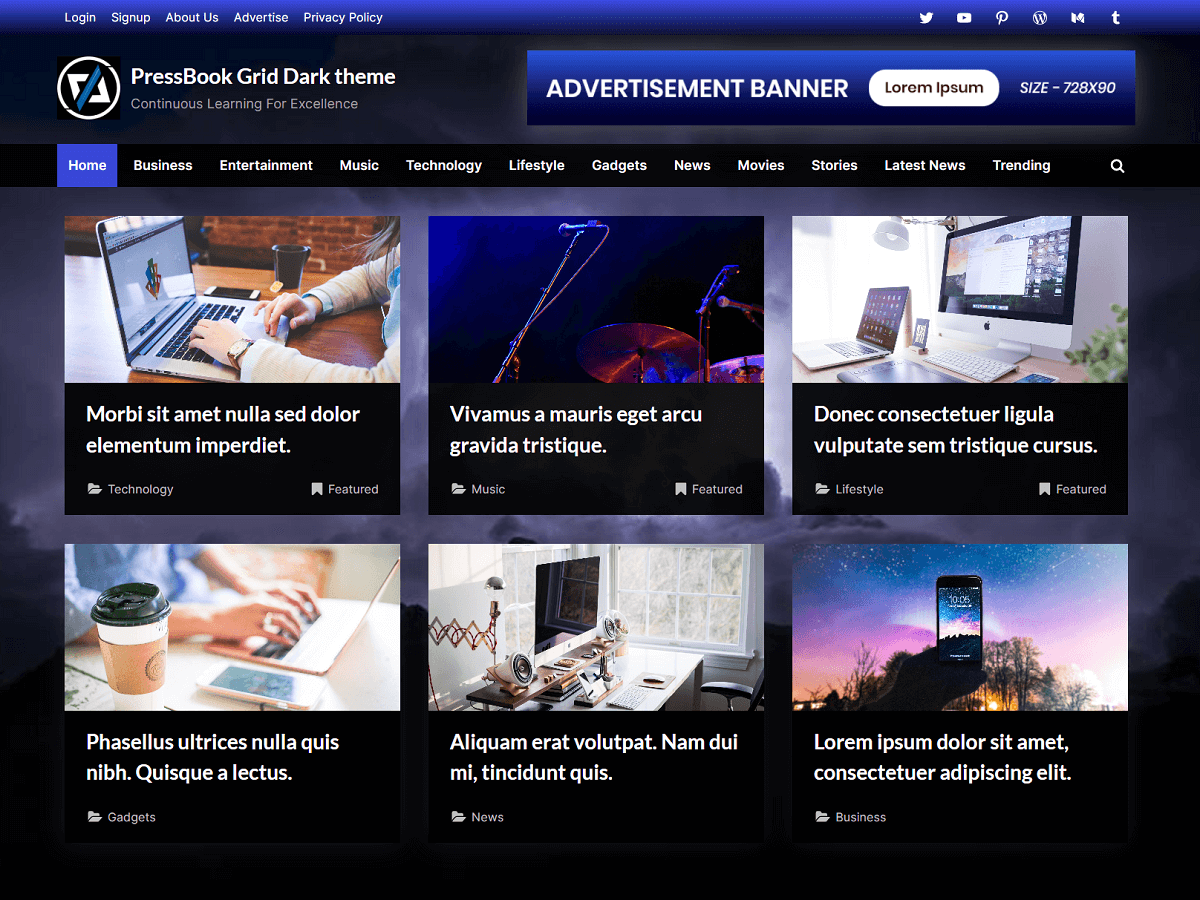An effective social media marketing strategy involves various steps and considerations. It involves not only understanding the tools but also knowing how to effectively implement them for rapid growth. You need to attract initial customers, optimize your efforts through data-driven analysis, and find ways to scale your business effectively.
This guide provides a structured approach to social media marketing, combining effective tactics, continuous optimization, and a data-driven mindset. It also provides useful tips and examples to help you build a successful social media presence.
1. Start with Low Prices or Free Offers
The first step in your social media marketing strategy could be to lower the entry barrier for potential customers. Starting with a low-cost or free offering can quickly attract customers who are interested in trying out your product or service.
This initial strategy helps you build a base of users who can provide valuable feedback and testimonials, which in turn boosts your credibility and social proof. As your reputation grows, you can gradually increase your prices without alienating your initial supporters.
Attract Initial Customers
When you offer something for free or at a low cost, it can encourage people to give your product a try. Giving away something for free upfront, instead of directly pushing a paid offer, builds trust and makes people more open to becoming a customer later.
Here are some great ways to attract initial customers:
- Offer free consultations, trials, or samples to reduce risk perception for new customers. For example, offering a free trial for a month can attract users who might hesitate to commit financially without first experiencing the value of your service.
- Provide introductory discounts to your first customers as a way of saying thank you and encouraging word-of-mouth marketing.
- Use low-cost lead magnets like ebooks, checklists, or webinars to build your email list.
- Provide free valuable content (tips, guides, videos) to showcase your expertise.
- Offer limited-time bonuses or exclusive access to special features, products, or content for a specific period to create a sense of urgency and encourage immediate action.
- Leverage referral programs and incentives by providing rewards to existing customers who successfully refer new customers to your business.
- Offer a “Freemium” model with a limited free version and a paid premium version. This allows users to experience your product/service before upgrading for premium features.
- Provide a risk reversal with a money-back guarantee to lower friction for new customers to try your paid offering. Example: Offering a 30-day money-back guarantee.
Gather Testimonials, Reviews, and Feedback
Starting with low-cost or free offers helps gather testimonials and reviews from early users. These positive endorsements can be leveraged for future marketing efforts. Use these positive testimonials in your marketing materials to build trust with future customers.
- Gather authentic customer reviews and testimonials.
- Incentivize feedback without compromising authenticity. Offer small rewards or entries into giveaways for leaving honest reviews.
- Create a loyalty program that encourages repeat customers to share their experiences.
- Use social media polls to collect quick feedback and ratings.
- Analyze feedback to refine and improve your offerings.
- Use social listening tools to track brand mentions and sentiment.
- Get brief interviews of satisfied customers and share their stories on social pages.
- Share video testimonials on your social media stories and feeds.
- Embed Instagram feed on website to display customer-generated content, reviews, and social proof in real-time, enhancing credibility.
- Highlight user-generated content that showcases your product or service in action.
- Showcase experiences and social proofs in your marketing campaigns.
Gradually Increase Prices
Once you have established a good reputation and have a solid customer base, you can start increasing your prices. This should be done gradually to ensure you don’t lose your existing customers. Example: You could increase your prices by 20% for every five new customers until you find the optimal price point.
The above example strategy incrementally raises prices by a certain percentage (e.g., 20%) after every five new customers. With this approach, you can find the optimal price point that balances profitability and customer acquisition while maintaining the trust you’ve built.
2. Increase Content Volume and Presence
A high volume of content is necessary to increase your visibility on social media platforms.
In the early stages of your social media marketing efforts, the focus should be on producing a high volume of content rather than perfecting every piece. The more content you create, the higher the chance to engage your target audience and reach new potential customers.
To learn about various content types, you can read this detailed guide to effective content strategies for social media.
Focus on Producing a High Volume of Content Initially
Start by creating a large amount of content to see what your audience responds to. This can include blog posts, videos, infographics, stories, and social media updates.
Maintain Consistent Posting Across Multiple Platforms
Consistency and frequency are key when it comes to social media marketing.
- Ensure that you maintain a consistent posting schedule across all relevant platforms, such as LinkedIn, Facebook, Instagram, and YouTube. For example, aim to post 2 times a day on LinkedIn and 4 times on Instagram.
- Plan a content calendar and batch creation of social media posts.
- Use scheduling tools to schedule posts in advance.
Use High Volume to Learn and Optimize Quickly
High content volume allows you to learn and adapt quickly based on performance metrics. Analyze the performance of your content to understand what works best. Then, you can use this data to refine your strategy and produce more of the content that performs the most.
For example, if a particular type of post performs well, create more content in that style.
- Avoid becoming attached to any particular pieces of content; instead, focus on overall trends and patterns.
- Use a content marketing strategy tailored to social media platforms such as Instagram, Facebook, Linkedin, etc. It includes trying out different content formats. It also includes finding popular, high-ranking content in your niche, analyzing what made it successful, and then creating a more comprehensive and up-to-date version to outrank it.
- Implement content upscaling strategy by repurposing one piece of high-quality content (like a long-form blog post) into multiple formats (image, video, slides, infographic, social media post) to maximize its reach.
- Curate and share relevant third-party content from different creators and influencers in addition to your own original content.
- Research and identify the best times to post on each social platform.
Amplify Presence with Social Sharing Features
To amplify your presence, you can make use of social sharing features on your website. This would allow people to share your content and help boost your visibility. For example, on a WordPress site, you can install a social share plugin. This would make it easy for visitors to share your posts and pages on their social media accounts, like Facebook, X, LinkedIn, etc. With this simple practice, you can extend your reach significantly.
3. Scale Advertising and Marketing Efforts
As your brand gains traction and your understanding of your target audience deepens, it’s time to scale your advertising and marketing efforts strategically.
Understand True Market Capacity
Recognize that there is often much more capacity in a market than initially assumed. Even in seemingly saturated markets, there can still be significant opportunities for profitable growth. and being able to spend more on customer acquisition can provide a competitive edge.
Make sure to research and analyze your market thoroughly to understand its full potential. Don’t limit yourself to initial estimates.
Outbid Competitors
In paid advertising, being able to spend more per customer acquisition can give you a competitive edge. This involves creating compelling ads and optimizing the lifetime value (LTV) of your customers. For example, if your competitors are spending $10 per lead, consider spending $12 if it leads to higher conversions and long-term value.
Focus on retaining customers and increasing their customer lifetime value. This would allow you to spend more on acquiring new customers.
Create Better Ads to Gain an Edge
- Use Facebook or Google ads audience targeting based on detailed demographics, interests, behaviors, and custom audiences to laser-focus your messaging.
- Set up conversion tracking and automatically optimize ad spending towards the highest converting ad creative, placements, and audiences.
- Test different ad platforms (Facebook, Instagram, LinkedIn, Google, etc.) and ad formats to find what works better for your product or service.
- Keep an eye on your competitors’ advertising and marketing strategies. Analyze what works for them and adapt those tactics to your ad campaigns.
4. Optimize Before Expanding
Before scaling your business, it is important to optimize your current processes. Ensure that your operations can scale seamlessly by having a smooth workflow.
- Smooth Workflow (Create Flow): Ensure your processes are efficient and effective before scaling. This includes everything from content creation to customer service.
- Monetize the Flow: Once your workflow is smooth, find ways to monetize it effectively. This could be through advertising, subscriptions, or direct sales.
- Add Incremental Optimizations: Make small, incremental improvements to your content and processes to further improve efficiency and profitability.
- Address Constraints Proactively Before Scaling: Resolve any potential bottlenecks or limitations in your workflow before they become bigger issues during scaling.
Example: Let’s say you’re running a social media marketing campaign for a clothing brand. In the beginning, you would focus on creating a consistent flow of content to build an audience of engaged followers. Once you have that engaged audience, you could start monetizing by introducing product promotions and optimizing the sales funnel.
As demand for the products grows, you might notice that fulfilling and shipping orders are becoming bottlenecks that slow things down. So you would improve your logistics and inventory management processes to enable faster and more efficient order processing.
With this approach, you proactively address constraints before they become major issues. And, you would be able to smoothly scale up your operations to accommodate increasing customer demand.
5. Continuous Feedback Loop
A feedback loop helps you stay connected with your audience and continuously improve your strategies based on real insights. It also helps to improve your offerings so you can maintain customer satisfaction and loyalty. This feedback loop should be continuous to ensure you are always meeting your customers’ needs.
- A continuous feedback loop helps to improve content strategy, product development, and overall marketing efforts.
- Social media is a two-way communication channel, and it’s crucial to engage with your audience actively. Ask questions and encourage discussions around your content.
- Monitor Brand Mentions: Keep an eye on social media and review sites, and respond promptly to comments and reviews to show that you value customer feedback.
- Analyze and Prioritize Feedback: Develop a process to systematically analyze feedback and implement changes that will have the most significant impact.
6. Prioritize Paid Content and Ads
Organic reach on social media is important, but running paid content and ads is often more effective for amplifying your message and generating immediate results.
Creative Volume
Paid advertising can accelerate growth when used effectively. To maximize the impact of your paid advertising efforts, produce a large volume of ads and creative assets. Aim for a high number, such as 35 new ads per week, rather than just a few per month. This approach allows you to identify the ads and creatives that resonate best with your audience.
- Invest in high-quality visuals and professional design for your ads.
- Eye-catching graphics and well-produced videos can significantly increase the effectiveness of your campaigns and attract more attention from potential customers.
- Invest in promoting posts that have already shown high engagement.
Example: A clothing brand could create multiple ad variations featuring different products, models, and copy to identify the most effective combinations.
Ad Platforms
Focus on mastering a few key platforms and strategies. Here are some social media and other ad platforms to run your targeted advertisements:
- Facebook Ads: Facebook offers powerful targeting capabilities and diverse ad formats. You can test different audiences, ad copies, and visuals to optimize your campaigns.
- Google Ads: Run targeted search campaigns based on relevant keywords to reach potential customers who are actively searching for products or services like yours. Google’s advanced targeting options, such as remarketing and in-market audiences ensure high intent and relevance.
- Instagram Ads: Leverage visually appealing content, visual storytelling, and influencer marketing on Instagram. The platform provides immersive ad formats and sophisticated audience targeting capabilities.
- YouTube Ads: Create engaging video ads to reach a vast audience and capture their attention while they consume video content. YouTube allows you to create engaging YouTube Shorts, and you can also complement them with skippable in-stream ads to capture attention during longer video content.
- LinkedIn Ads: Target professionals and decision-makers within your industry by running campaigns on the largest professional network. It allows you to target specific job titles, companies, or even skills. Running LinkedIn Ads is excellent for B2B lead generation, B2B marketing, and building brand awareness.
7. Introduce New Strategies Cautiously
Trying new strategies can lead to growth, but it’s important to approach them with caution.
Focus on Proven Methods
Prioritize optimizing and scaling proven strategies before experimenting with new ones to minimize risks and ensure stable growth.
- Cost of Change: Understand that trying new strategies comes with guaranteed costs but uncertain returns.
- Set a Test Budget: Allocate a small budget for testing new channels or strategies before making a significant investment.
Example: If your Facebook ads are performing well, focus on optimizing and scaling that strategy before trying out a new, untested platform. Continuously refine your targeting, creative, and bidding strategies on platforms that deliver consistent results.
Monitor Trends
You need to be up-to-date with industry trends and emerging platforms but don’t blindly follow every new trend.
Carefully evaluate whether a new strategy aligns with your target audience and business goals before investing resources. For instance, if a new social media platform gains popularity among your target demographic, consider testing it out with a small pilot campaign to assess its potential.
- Follow Industry News: Stay informed about changes and updates on social media and advertisement platforms.
- Adopt New Features: Utilize new features and tools offered by social media platforms.
- Be Flexible: Adapt your strategy based on emerging trends and technologies.

